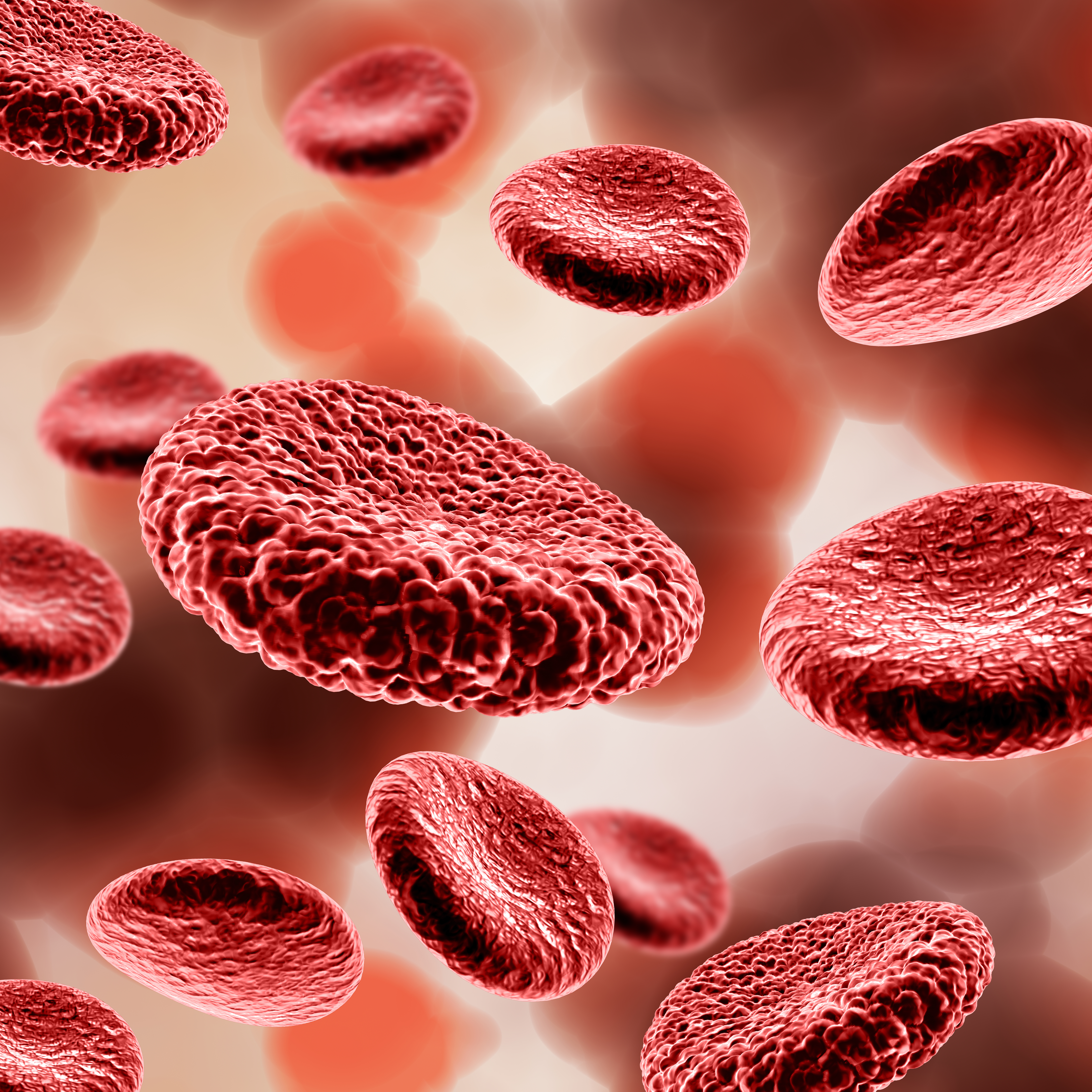 Smart Citations
Smart CitationsSee how this article has been cited at scite.ai
scite shows how a scientific paper has been cited by providing the context of the citation, a classification describing whether it supports, mentions, or contrasts the cited claim, and a label indicating in which section the citation was made.
Iron metabolism and peripheral eosinophil count do not correlate in the general population
Iron is a primary component of the human body and exerts many functions, mainly concerning red cells and the immune system. In addition, there is evidence that iron-deficiency anemia is associated with allergic diseases. Type 2 inflammation characterizes allergic diseases. Peripheral eosinophils are a reliable biomarker for type 2 inflammation. Therefore, the present study investigated the possible relationship between iron metabolism and peripheral eosinophils in a large population. Eosinophils also play important roles in immune and tissue homeostasis. A growing body of data suggests tissue eosinophils represent a plastic and heterogeneous population of functional sub-phenotypes, shaped by environmental (systemic and local) factors. The retrospective study included 2795 subjects who were afferent to the Clinical Chemistry Analysis Laboratory during the year 2022. Men had higher peripheral eosinophil count than women (p<0.001). Furthermore, stratifications for sex, eosinophil, and hemoglobin cut-offs showed that men had more eosinophil counts than women. However, there was no correlation between iron biomarkers and peripheral eosinophils. The present study did not demonstrate a clear relationship between iron deficiency and peripheral eosinophil count. Even if this large population may include allergic subjects and patients with different diseases, it seems that iron does not directly affect eosinophil count.
How to Cite

This work is licensed under a Creative Commons Attribution-NonCommercial 4.0 International License.
PAGEPress has chosen to apply the Creative Commons Attribution NonCommercial 4.0 International License (CC BY-NC 4.0) to all manuscripts to be published.

 https://doi.org/10.4081/jbr.2023.11352
https://doi.org/10.4081/jbr.2023.11352





